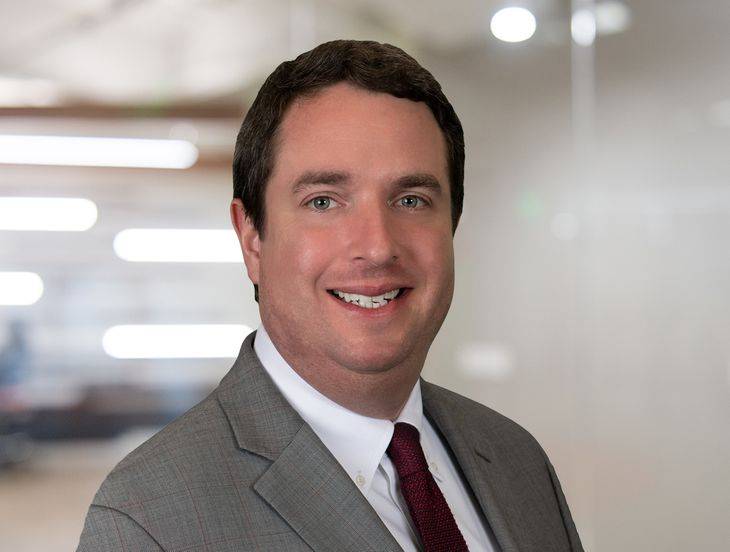Meeting the Moment on Diversity, Equity, and Inclusion: Designing a Program That’s Right for Your Company
Insights
11.03.21
Formal company programs to address concerns of diverse employees are nothing new. The first known employee resource group (ERG) or “affinity group” was developed in 1970 at Xerox Corp. to support Black employees in the aftermath of the assassination of Martin Luther King. Since then, company programming has taken a number of forms.
Affinity groups have remained a standard across the landscape of American employees, although they have taken on new forms over the years. Some companies have opted for company-sponsored singular committees or councils to address diversity issues across the company. Others still have developed a hybrid approach combining a set of specified affinity groups that is integrated within a broader approach. This article will explore the various options employers may have in establishing formal systems to address issues of diversity, equity and inclusion within its workforce.
Affinity Groups
Affinity groups, generally speaking, are employee groups within a workforce organized around shared personal characteristics, such as race, ethnicity, religion, gender, age, sexual orientation, disability or veteran status. They can serve a number of purposes. They can provide safe havens for marginalized groups, and also serve as a platform for underrepresented groups to present concerns.
Affinity groups have benefits for the employer, such as improved workplace morale – which can lead to increased levels of employee retention. While affinity groups have typically been specific to a particular group, another variation is a cross-sectional and includes individuals from different backgrounds who share their varied perspectives within a group. These cross-sectional groups maintain the structure of a traditional affinity group but provide a different experience for their members.
Singular Committees
Of late, some employers have transitioned from an affinity group-based program to singular committees, known as “inclusion councils,” “diversity committees,” or “cultural equity teams.” These groups are typically intersectional in nature and put forth a unified focus on issues of diversity, equity, and inclusion. By functioning as a single entity, they can also work closely with company leadership to ensure that these issues are addressed in concert with company goals.
Hybrid Approach
Finally, there is also a hybrid approach, whereby separate affinity groups continue to exist but so too does a broad-based inclusion council. In this model, employees continue to benefit from individual groups focused on their shared characteristics, but the employer is able to address intersectional issues through the centralized committee. This approach requires coordination between the various affinity groups to generate a platform for the centralized committee.
Overall Best Practices
In formulating a program, you should take care to ensure that you do not unwittingly run afoul of relevant workplace laws. For example, because affinity groups center around shared characteristics, you should make sure that group members do not receive certain “privileges of employment” by virtue of their membership, which could violate Title VII. Likewise, you should be cognizant that their group or council could be considered a “labor organization” under the National Labor Relations Act if it addresses broader workplace grievances. This, in turn, could curtail the degree of involvement you may have with the group. You should therefore carefully consider all relevant workplace laws when developing the particulars of their program.
Wrapping Up
As issues of diversity, equity, and inclusion continue to be at the forefront of workplace concerns, you should take a close look at what sort of program works best for your company. Doing so requires an assessment of both employee concerns and company goals. Arriving at the right structure will yield benefits in the workplace for employees and businesses alike.
We will monitor these developments and provide updates as warranted. Make sure you are subscribed to Fisher Phillips’ Insight system to get the most up-to-date information. If you have questions, contact your Fisher Phillips attorney, the author of this Insight, or any attorney in our Corporate Compliance and Governance Practice Group.
Related People
-
- Arthur M. Wolfson
- Partner
